
Blood Falls Facts
- The astounding natural site misleadingly known as Blood Falls obviously represents an extraordinarily unique wonder of Nature. Despite appearances, the incredible feature of geology actually represents a maintained outpouring of locally melting salt water.
- To the continual surprise of many individuals, this intriguing trickle of water slowly yet inexorably flows outward from a point on the Taylor Glacier. From there, the remarkable natural flow pours continuously onto the permanently frozen surface of West Lake Bonney.
- This truly impressive glacier itself further lies in the region that now bears the name of the McMurdo Dry Valleys. This location itself in turn sits within the eastern section of the continent of Antarctica. This feature remains quite famous for its constant blood red color.
- The distinctiveness of this unique feature doesn’t simply end with this already impressive list, though. That’s due to the fact that the same processes which form this wonder of Nature also serve to presently make Blood Falls of extraordinary interest to many microbiologists.
- Intriguingly, this flow also continues to be of relatively great interest to countless astrobiologists around the world, as well. These experts currently study it as a means of evaluating the possibility of life’s existence in harsh environments found on other planets.
- Fortunately, this natural marvel currently enjoys a certain amount of protection from the potential depredations of man. Since it lies within the confines of the above-mentioned valleys, like them it’s part of the Antarctic Specially Managed Area under the Antarctic Treaty System.
Related Articles
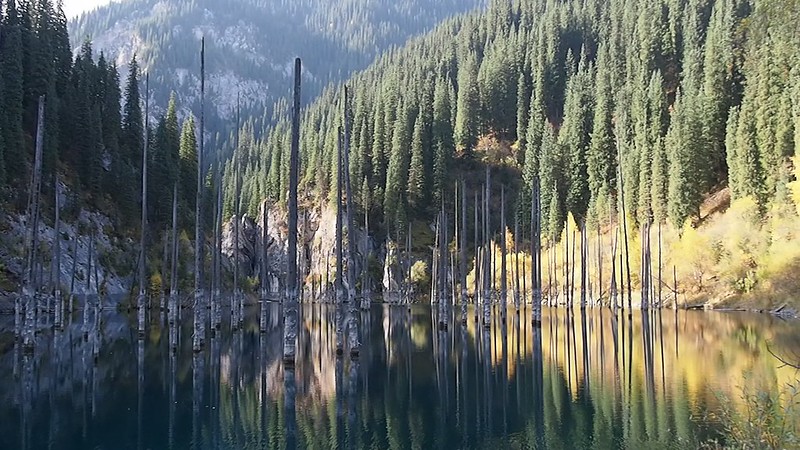


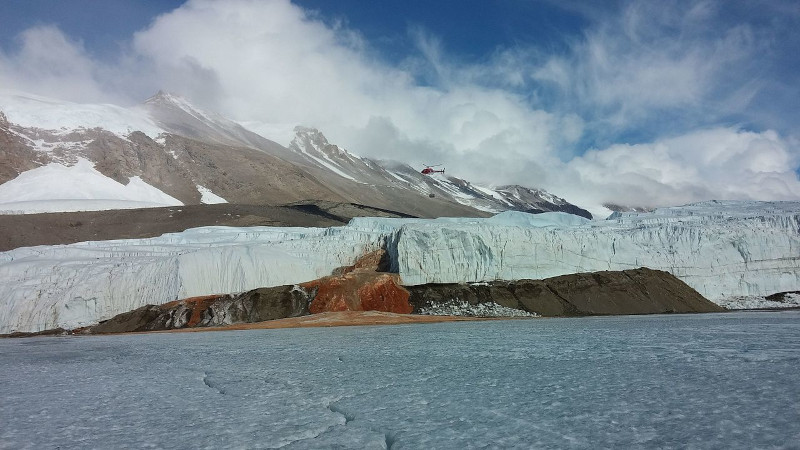
CCL: https://bit.ly/34aBrrQ
Blood Falls Natural Formation
Recently uncovered evidence indicates that the fascinating Blood Falls began the process of formation around 5 million years ago. At thst time, seawater flooded East Antarctica, forming a salty lake. As the climate cooled, glaciers advanced, trapping this lake beneath multiple layers of ice.
Perhaps most notably of all, the remarkable formation boasts a truly unique and distinctive geochemistry. The site also remains the only site of its kind known to exist. That holds true due to the fact that the formation actually constitutes an outpouring of iron-rich, hyper-saline water.
This specific liquid formed over vast spans of time, after the trapped water became isolated from the surface. Without new oxygen, the lake turned into an oxygen-deprived environment. The isolated water remained highly salty hypersaline and absorbed iron from underlying bedrock.
This water additionally flows from numerous small fractures laced throughout the many layers of ice. Amazingly, its unique chemical composition does not represent the only surprising aspect of the site. That’s because a large sub-glacial pool actually serves as the source of the unique water.
This collection of water also lies beneath roughly 1,300 ft (400 m) of ice. It’s worth noting that this pool also sits a distance of about 2 mi (3.2 km) from the point where it emerges from the ice. The precise size of the source that spawns the impressive Blood Falls also remains undetermined.
Beneath the glacier, and situated between it and the underlying rock layer, sits a region of brine. This mixture possesses such an incredibly high saline level that it has remained liquid. Extremely high concentrations of ferric oxide within the deposit further create its visually distinctive color.
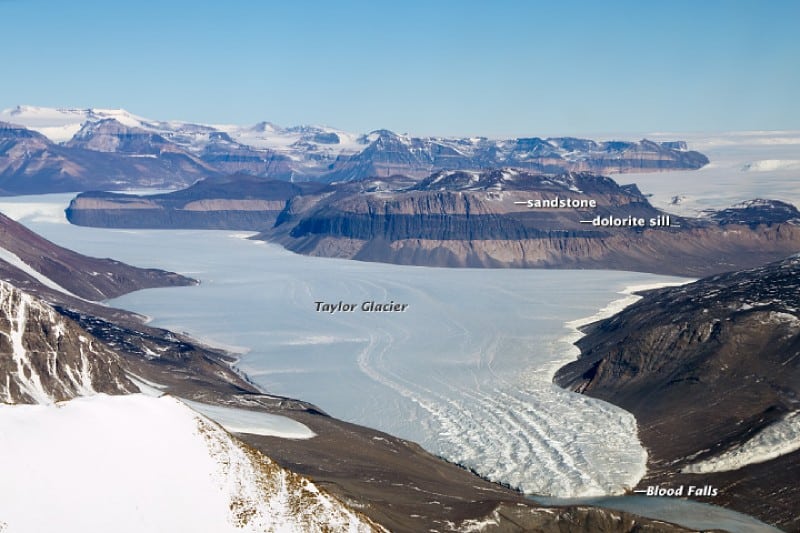
Blood Falls Microbial Ecosystem
Out of all its many wonders, perhaps most surprisingly of all, due to its inherently unique development, a marvelous condition exists. That’s due to the fact that Blood Falls also contains an incredible ecosystem of its own. Within its depths, forms of autotrophic bacteria evolved.
Quite amazingly, those fantastic lifeforms actually metabolize specific ferric materials and sulfates for their nourishment. In very simple language, these bacteria essentially consume iron! A detailed scientific analysis of the water of the falls additionally reveals yet another truly startling fact.
That’s because any such analysis immediately reveals that the water contains a remarkable total of at least 17 different species of microbes. That’s an astounding variety given the unquestionably harsh conditions. Not only that, but the highly remarkable liquid also contains virtually no oxygen.
Perhaps due to this fact, these uniquely-evolved microbes utilize sulfates as a catalyst for respiration. The site known as Blood Falls truly stands out for this reason. It represents the only known place on earth where a form of life utilizing this metabolic process has been discovered.
The isolated but absolutely amazing location continues to present scientists with the ability to study such an incredibly unique ecosystem. And Nature made it comparatively easy for them. To the utter delight of many researchers, this thankfully occurs without the need to drill down to study it.
Features Sharing Its Region
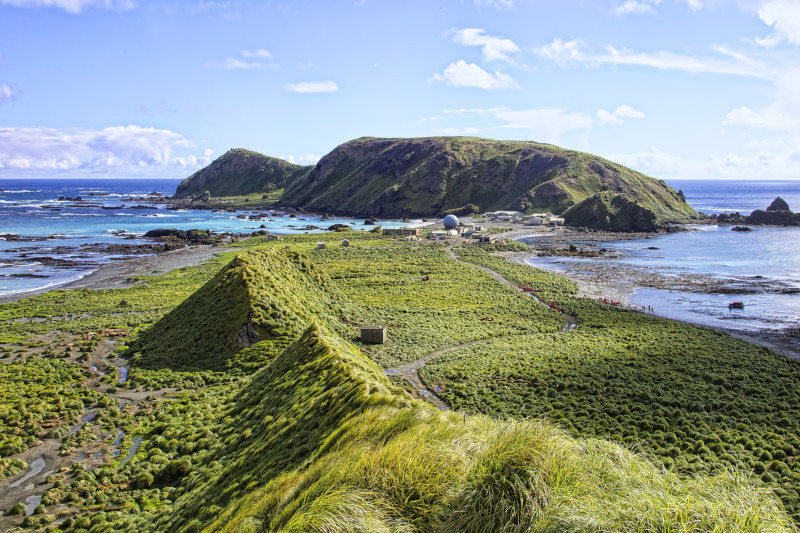

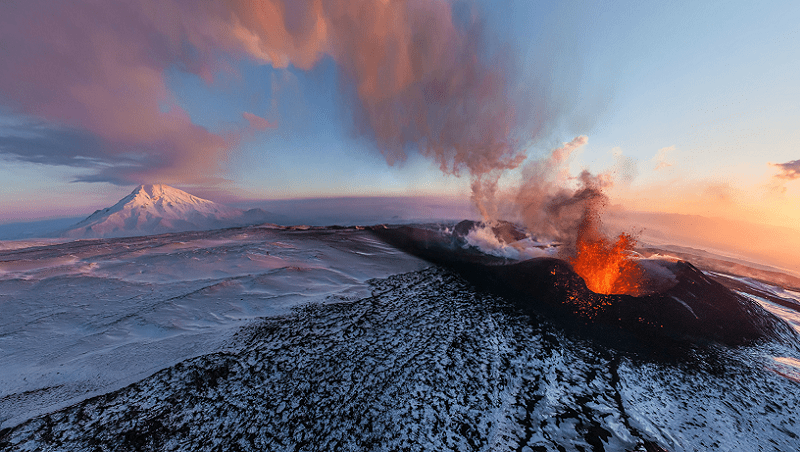
Check out our other articles on 4 Geological Wonders of Virginia, Scottish Wildcat, Clanwilliam Cedar, Flamingo Tongue Snail, Loggerhead Sea Turtle, Pesquet’s Parrot, Fire Salamander









Leave a Reply